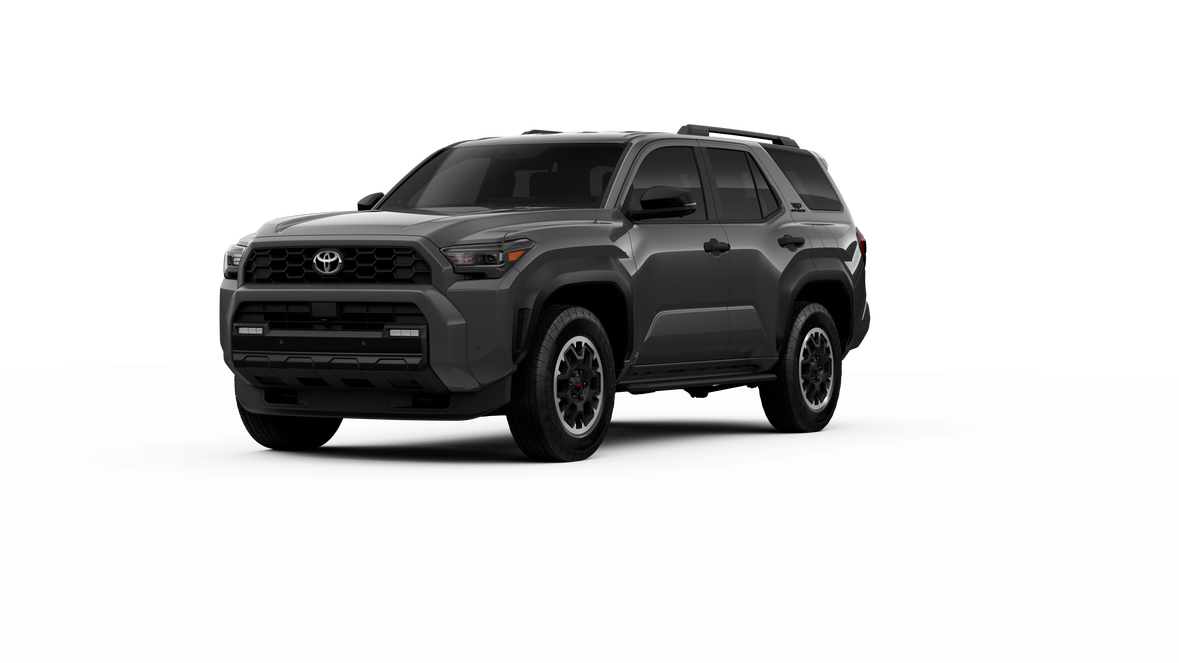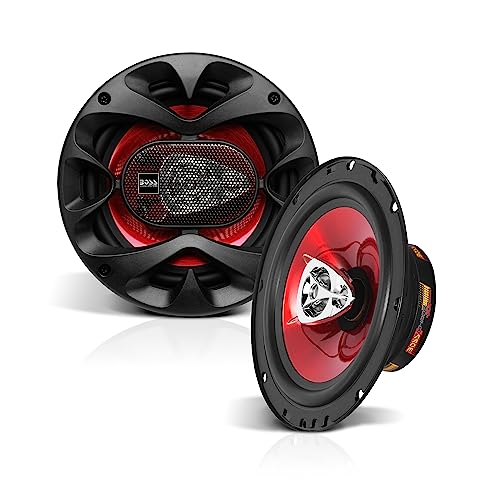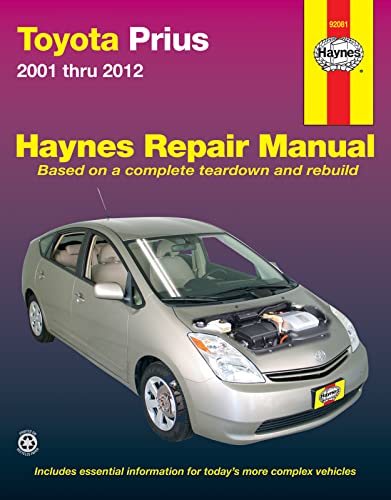As an Amazon Associate, I earn from qualifying purchases
Have you ever found yourself stuck wondering how to get your Toyota 4Runner out of 4-wheel drive? It can be frustrating when your vehicle won’t switch back smoothly, especially if you’re not sure what steps to take.
The good news is, it’s easier than you think to shift your 4Runner back into 2-wheel drive and avoid unnecessary wear or fuel drain. In this guide, you’ll discover simple, clear instructions that will have you back on the road with confidence.
Keep reading to master this quick fix and take full control of your Toyota 4Runner’s drive modes.

Credit: www.jimmyvassertoyota.com
Identifying 4wd Modes
Understanding the 4WD modes on a Toyota 4Runner is key to using the vehicle safely. Each mode controls how the power is sent to the wheels. Knowing these modes helps to choose the right one for road conditions. It also helps to know how to get out of 4WD when needed.
Differences Between 2h, 4h, And 4l
2H stands for Two-Wheel Drive High. It sends power only to the rear wheels. This mode is best for normal driving on dry, paved roads. It saves fuel and reduces wear on the drivetrain.
4H means Four-Wheel Drive High. It sends power to all four wheels equally. Use 4H on slippery or loose surfaces like snow, mud, or gravel. It helps improve traction without lowering speed.
4L is Four-Wheel Drive Low. This mode gives maximum power and torque at low speeds. It is for tough off-road situations like steep hills or deep mud. 4L helps control the vehicle with slow, strong movement.
When To Use Each Mode
Use 2H for everyday driving on good roads. It offers the smoothest ride and better fuel economy. Switch to 4H if the road is wet or slippery. It helps keep the vehicle stable and safe.
Choose 4L only when extra power is needed at low speeds. Examples include climbing steep terrain or pulling a heavy load. Avoid driving fast in 4L to prevent damage to the vehicle.
Changing between these modes is simple but must be done correctly. Always follow the instructions in the vehicle’s manual for safe use.

Credit: www.firstteamtoyota.com
Locating The 4wd Controls
Finding the 4WD controls in your Toyota 4Runner is the first step to switch out of four-wheel drive. The controls vary by model and year, but they usually sit within easy reach of the driver. Knowing where these controls are helps you change modes safely and quickly.
Some 4Runner models use a shift lever for 4WD control. Others use an electronic dial. Let’s explore these two common types.
Shift Lever Models
Shift lever models have a small lever near the main gear shift. This lever moves between 2WD, 4WD high, and 4WD low. Usually, you need to stop or slow down before shifting. The lever clicks into place for each mode. The settings are often marked clearly on the lever or nearby panel. This type feels mechanical and direct.
Electronic Dial Models
Electronic dial models use a knob or dial on the dashboard or center console. Turn the dial to change between 2WD and 4WD modes. Some dials allow shifting while driving, but others require the vehicle to be stopped. The dial often has lights or symbols to show the active mode. This system is smooth and easy to use.
Steps To Disengage 4wd
Disengaging the 4WD system on your Toyota 4Runner is simple. It helps save fuel and reduces wear on the drivetrain. Following the right steps ensures a smooth transition from 4WD back to 2WD. This guide explains how to switch your vehicle out of 4WD safely.
Shifting From 4l To 2h
First, stop the vehicle completely. Keep the brake pressed. Shift the gear into neutral. Turn the 4WD selector from 4L to 2H. You may need to wait a moment for the system to respond. Once shifted, move the gear back to drive. Your 4Runner now runs in two-wheel drive.
Switching From 4h To 2h
Slowing down helps. You can shift while moving below 50 mph. Move the selector from 4H to 2H. The shift usually happens smoothly without stopping. Listen for any unusual noises. The vehicle should now operate in 2WD mode.
Tips For Smooth Transition
Switching your Toyota 4Runner out of 4-wheel drive needs care. A smooth transition helps avoid damage and keeps your vehicle working well. Follow these simple tips to make the process easy and safe.
Recommended Vehicle Speed
Keep your Toyota 4Runner moving slowly. Drive under 3 miles per hour to change out of 4-wheel drive. Too fast can harm the drivetrain. Slow speed lets the system shift smoothly without strain.
Engine And Transmission Conditions
Make sure the engine runs at idle or low speed before shifting. The transmission should be in neutral or park. Avoid shifting while the engine revs high. This prevents wear and tear on parts.
Common Issues When Exiting 4wd
Exiting 4-wheel drive (4WD) in your Toyota 4Runner should be simple. Sometimes, problems can make the process tricky. Knowing common issues helps you handle them fast. It saves time and prevents damage.
Stuck In 4wd
Your 4Runner might stay stuck in 4WD mode. This can happen if the transfer case or shift linkage is dirty. Dirt blocks smooth movement. Another cause is low or old transfer case fluid. It thickens and slows parts.
Cold weather can also make parts stiff. The 4WD system won’t shift until things warm up. A worn or broken actuator motor can stop the system from releasing 4WD. This motor controls gear changes.
Warning Lights And Alerts
Warning lights often appear when exiting 4WD. The 4WD indicator may blink or stay on. This signals a problem with the system. A check engine light can also come on. It shows the vehicle’s computer found an issue.
Ignoring alerts can cause more trouble. Sensors or wiring might be damaged. Faulty sensors send wrong signals, confusing the system. Address alerts quickly to avoid costly repairs.

Credit: www.youtube.com
Maintenance To Prevent 4wd Problems
Maintaining your Toyota 4Runner’s 4WD system helps avoid common problems. Regular care keeps the drivetrain working smoothly. Simple checks and timely fluid changes prevent costly repairs. This section covers key maintenance tips to keep 4WD issues away.
Regular Drivetrain Checks
Inspect the drivetrain parts often. Look for leaks, damage, or loose components. Check the driveshaft, axles, and differential. Listen for unusual noises while driving. Early detection stops bigger problems later. Clean parts if dirt or mud builds up. Tighten any loose bolts carefully. Regular checks improve 4WD system reliability.
Fluid Levels And Changes
Check your 4WD fluids regularly. Low fluid levels cause poor performance. Inspect transfer case and differential fluids. Change fluids based on the manufacturer’s schedule. Use the right type of fluid for your model. Fresh fluids lubricate gears and prevent wear. Clean fluids help the 4WD system shift smoothly. Avoid neglecting this simple but vital task.
Frequently Asked Questions
How Do I Switch My Toyota 4runner Out Of 4wd?
Shift the transfer case lever or dial to 2WD while driving slowly or stopped, depending on your model.
Can I Shift Out Of 4wd While Driving?
Yes, many Toyota 4Runners allow shifting from 4WD to 2WD at low speeds without stopping.
What Gear Should The Transmission Be In To Exit 4wd?
Place the transmission in neutral or park before switching from 4WD to 2WD for smooth engagement.
Will Turning Off The Engine Help Disengage 4wd?
Turning off the engine is not necessary; use the transfer case controls as instructed to exit 4WD.
What If My 4runner Won’t Come Out Of 4wd?
Check the transfer case controls, shift slowly, and consult the owner’s manual if problems persist.
Does Exiting 4wd Affect Fuel Efficiency?
Yes, switching to 2WD reduces drivetrain drag and improves fuel economy on dry, paved roads.
Conclusion
Getting your Toyota 4Runner out of 4-wheel drive is simple. Follow the steps carefully to avoid damage. Make sure the vehicle is stopped or moving slowly. Shift the lever or press the button as needed. Listen for any unusual sounds during the process.
Knowing how to switch modes helps save fuel and wear. Practice this a few times to feel confident. Your 4Runner will drive smoothly on normal roads again. Keep this guide handy for quick reference anytime. Safe driving starts with understanding your vehicle’s controls.
As an Amazon Associate, I earn from qualifying purchases


